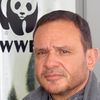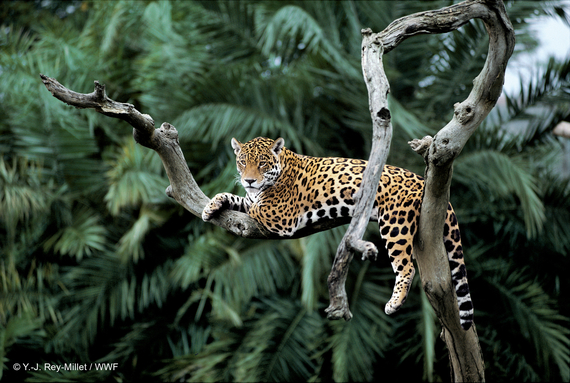Saying Latin America and conservation together evokes abundance of wealth and beauty. But all that magnificence also comes with a unique set of risks, threats and challenges.
I live in Quito, and only a few kilometers -- or few hours -- away, I can appreciate landscapes of immense natural and cultural value. I encounter compact forests that hold hundreds of thousands of species of known and unknown flora and fauna, running water, clean air, living oceans and an environment with a strong heartbeat. And it's not just Quito. So many Latin American cities have similar relationships with nature. In some, you may find it closer to the center of urban life, and in others, you may have to get further away, but the result will almost always be the same.
However, just like you can appreciate the richness of these areas, the risks and threats are also in plain sight, along with the poverty that stems from them. These risks are front and center here at the 2016 World Conservation Congress in Hawaii this week. Our planet is truly at a crossroads and Latin America is no stranger to this condition.
WWF's Living Planet Report highlights the challenges facing Latin America. This part of our planet has had the most dramatic decline in populations of tropical species, a staggering 83 percent. One of eight people lacks access to drinking water. We are the most urbanized region in the world, with 80 percent of Latin Americans living in cities. Changes in consumption patterns and the population growth in the region are causing us to increase our footprint. And, trafficking and illegal trade of wildlife species continues to grow, affecting key ecosystems, water supplies, and other vital natural resources.
At the same time, we are fortunate: regional leaders are accelerating their efforts to ensure development happens sustainably. Many national and local governments understand that their commitment to sustainability can have a positive impact on the economy, quality of life and the efficient and rational use of resources. There are countless companies that are innovating, changing their usual pattern of business and taking risks of opening new fronts to produce and commercialize sustainable and environmentally responsible products and services.
We are strengthening cross-border collaboration on trans-boundary national parks in different places of Latin America. Some financial institutions from the region and abroad are working to adopt more ambitious environmental regulations, while others are initiating their exploration towards a sustainable banking system.
For me, as well as for WWF, my colleagues and other organizations in Latin America, leaving this crossroad implies an enormous challenge. And only if we accelerate the process of conservation and reduce our footprint, we will have the necessary tools to face it.
We must rise to the conservation challenge. We need to ensure clean water, healthy oceans, resilient forests, and economic well-being to fulfill our vision as a vibrant society.
Water unites and brings dynamism to societies. It is at the center of development and the backbone of conservation. Oceans and forests are our pantries, they provide for millions of people and are the habitat of hundreds of thousands of species of flora and fauna. Economic growth is linked to the exploitation of resources like water, and access to resources provided by our oceans and forests. If tapped unsustainably, there will be impacts on the socio-political stability of the region.
The crossroad where we find ourselves, the one that can either make a way to a healthy and sustainable Latin America or pave the way to an unsustainable one, depends on our knowledge of the different visions of conservation within our region. We need our ability to relate the conservation of nature with the agreements of the COP21 in Paris and the goals for sustainable development; and our capacity to communicate with civil society, governments and the corporate sector with a language that resonates, becomes relevant, and motivates everyone to act. We need to make it happen jointly, because juntos es posible.
This post is part of a series on the World Conservation Congress taking place this week. Held every four years, it brings together about 6,000 people, including heads of state, government officials, business leaders, representatives from indigenous groups, scientists, academics, influencers, educators, artists and NGOs, from all over the world to discuss and decide on solutions to the world's most pressing environmental challenges. To read all the posts in this series click here.

